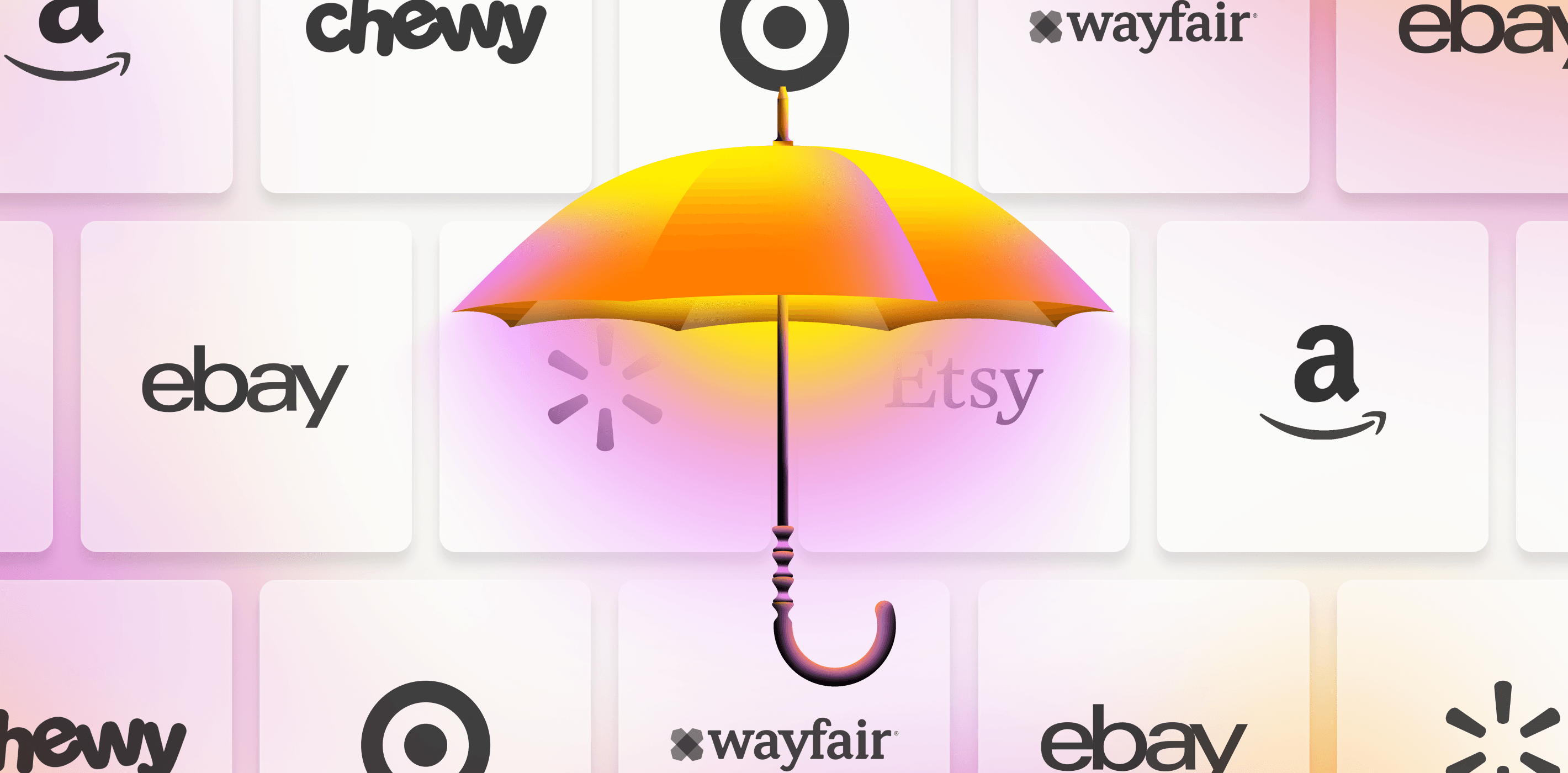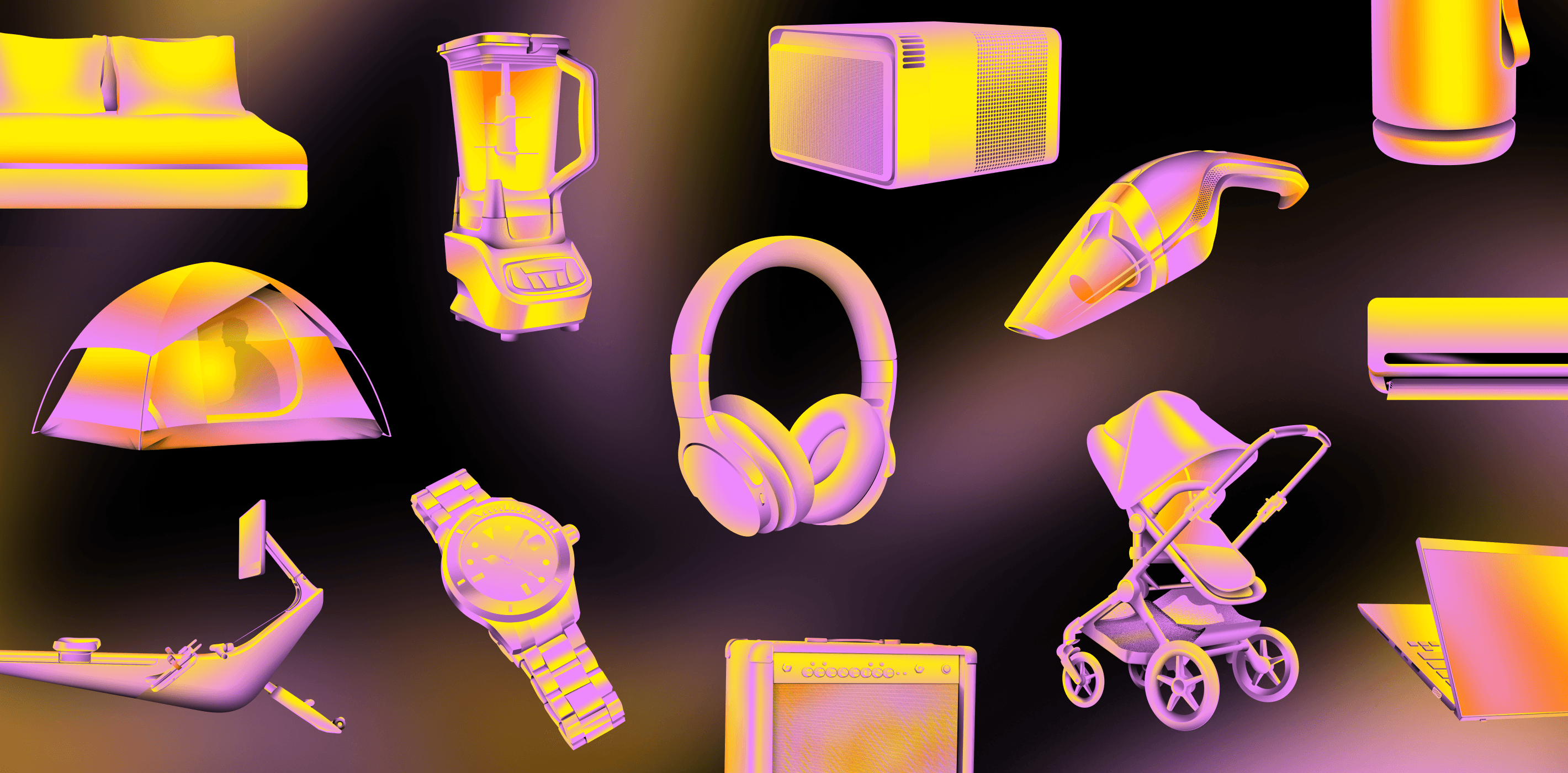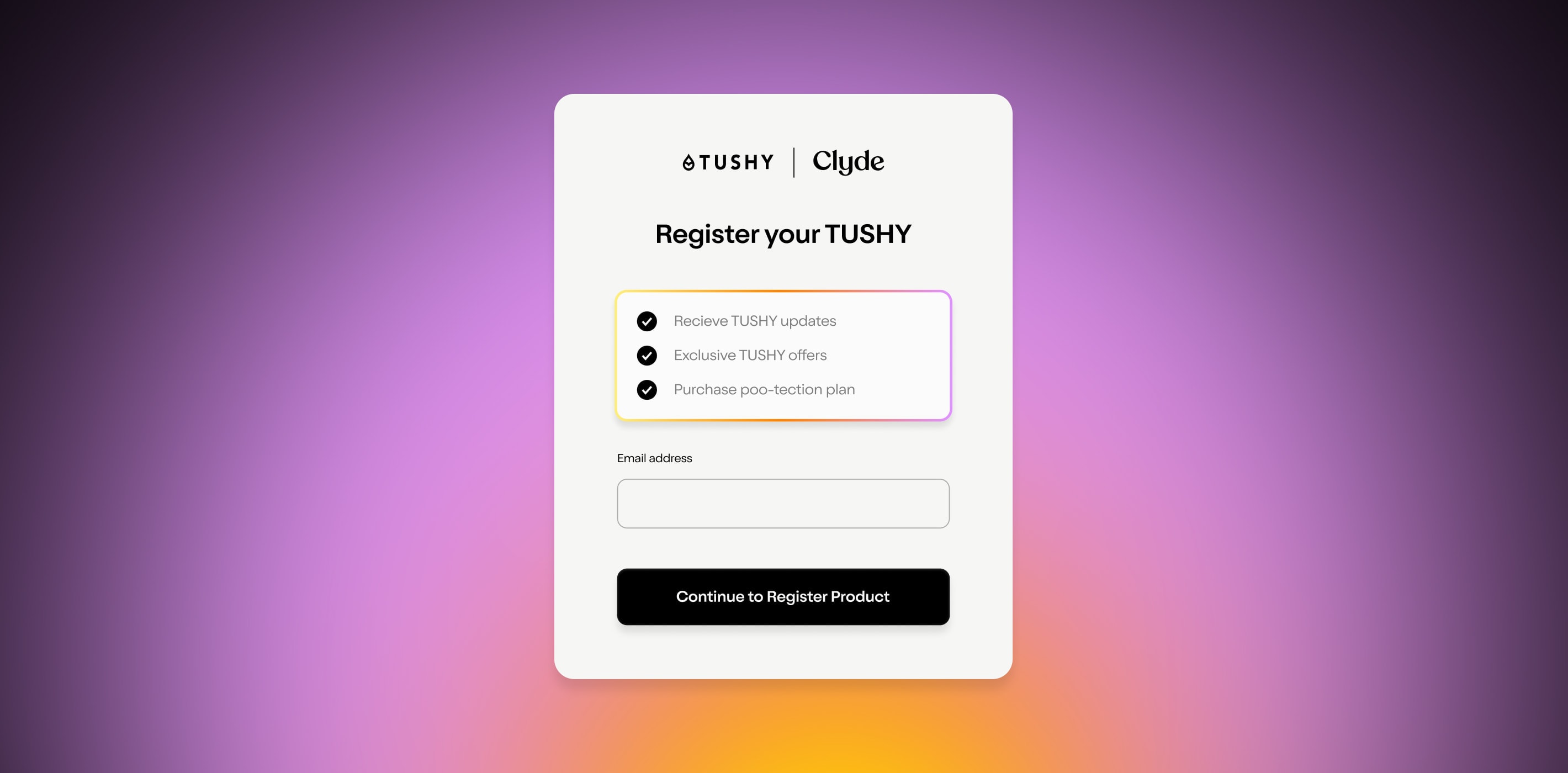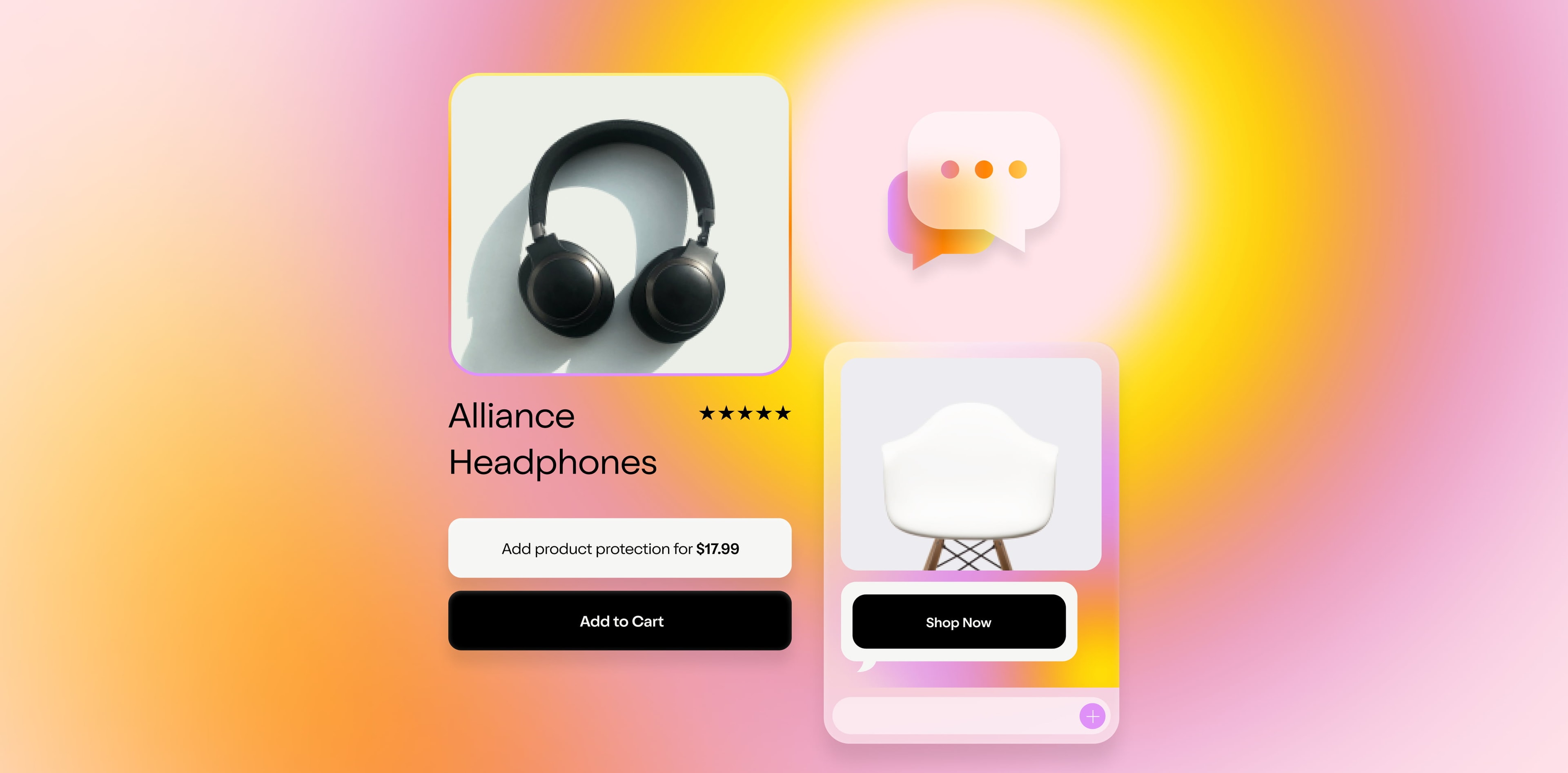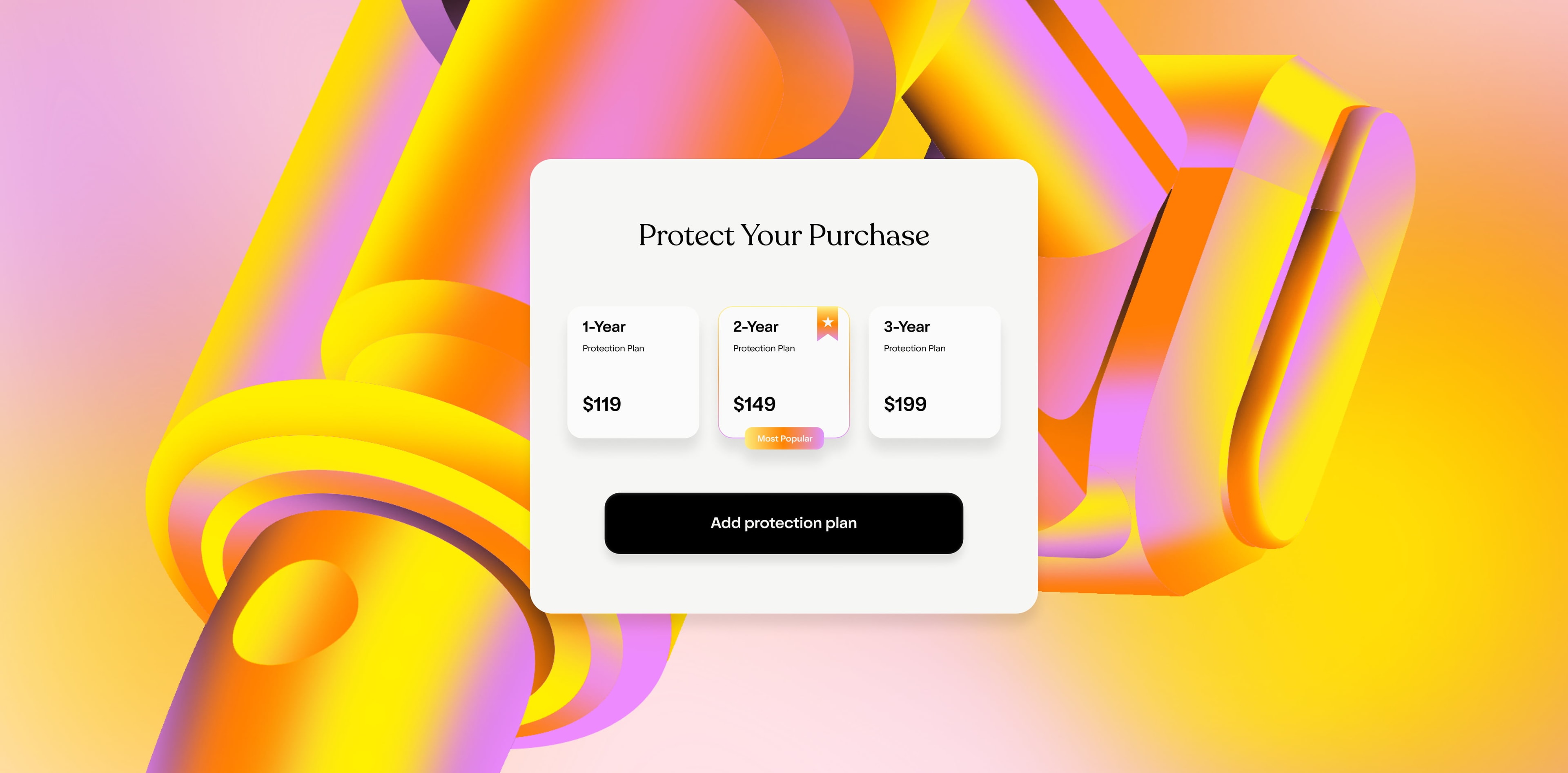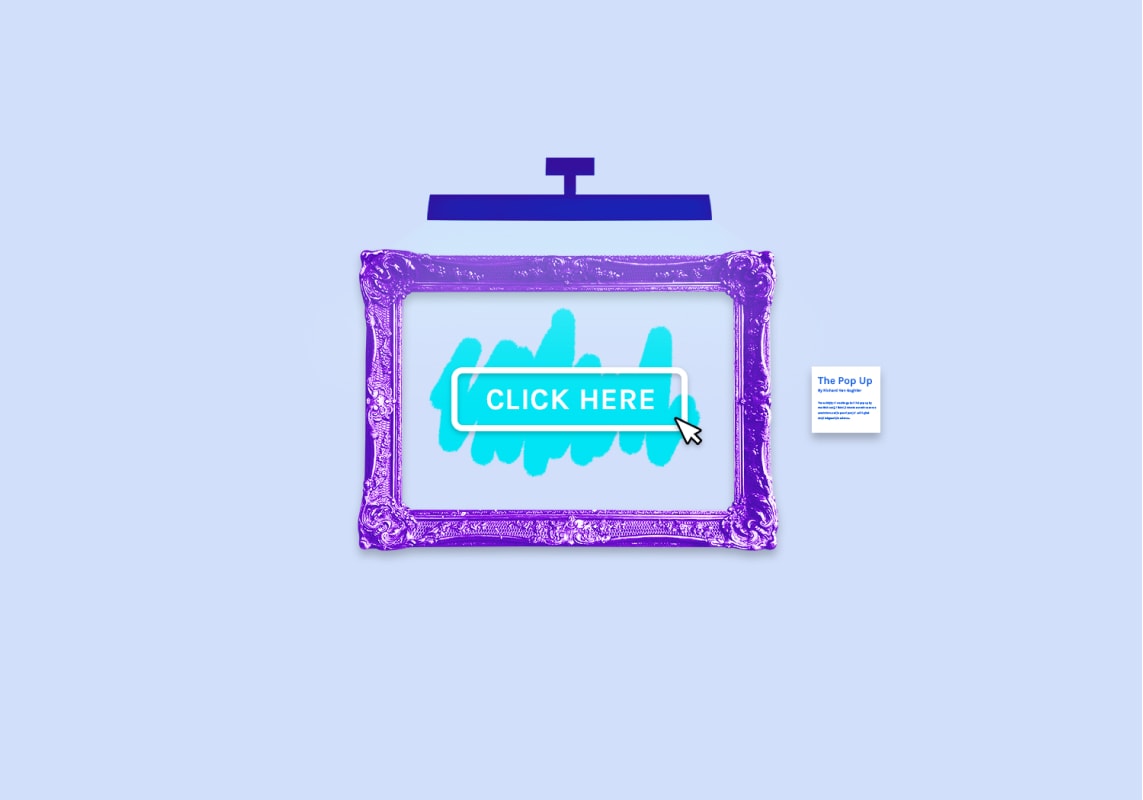The path to a successful product protection plan is paved with data.
Retailers are collecting more information on their customers than ever before. They know which CTAs drive purchases and they know where on each webpage they’re likely to lose buyers. They can A/B test different product descriptions, sales offers, and marketing flows to figure out what works best for their exact audience.
And consumers are on board with targeted marketing. A 2020 McKinsey study found that 80% of customers want personalization from retailers.
But when it comes to the product protection space (also known as the extended warranty space; we’ll cover those semantics later on), many retailers don’t have the expertise to dive into the minutiae of marketing and branding options.
That’s why Clyde’s product protection platform comes with built-in, AI-enabled best practice software that suggests prices and CTA placements. And it’s also why we partnered with PYMNTS , a global leader for data and insights on all things commerce, to conduct an in-depth survey on how consumers engage with product protection plans.
We wanted to equip retailers with the information they need to implement extended warranty offerings that increase customer satisfaction , drive up average order values , and enjoy higher customer lifetime values .
Read on for:
An overview of our survey methodology
The #1 thing that matters to consumers when it comes to product protection
Which types of consumers are most likely to consider extended warranties, and on what types of products
What language and branding works to convert which type of consumers
By the numbers
Our PYMNTS / Clyde survey went to 2,519 qualified respondents who took a median time of six and a half minutes to complete it, which means we had more than 272 hours of captive attention from a core audience that looks a lot like the general U.S. population:
Gender: 51.5% women
Average age: 47.3 years old
College-educated: 32.3%
Income: 36.1% > $100k, 30.9% $50-100k; 33% <$50k
Trust issues—and trust opportunities
We asked respondents who purchased durable goods in the last few months what made them decide to purchase or not purchase product protection.
Both answers came down to one thing: trust.
Isn’t that interesting?
For consumers who did buy product protection, their number-two reason for buying it was because they trusted the company offering the protection to follow through. (The number one reason? That they worried they’d break the product. Understandable!) A full 38% of respondents listed that as the reason they made the purchase.
Clyde's latest report detailing "What Shoppers Look For When Buying Online"
But for customers who didn’t buy product protection, it also came down to trust. This time around, it’s a two-part story. First, the main reason people didn’t buy a protection plan is because they believed that the standard manufacturer’s warranty was all they needed (53% of respondents). Said otherwise: they trusted that the product would work as intended and that the manufacturer would have their back if it didn’t.
Another leading reason, though, clocking in at number three with 19% of respondents listing it as the reason they didn’t buy product protection when it was offered, is that they didn’t trust the plan to cover repairs or replacements.
What do all of those results tell us? Marketing extended warranty or product protection plans can be a dual-edged sword. You don’t want to suggest that your product will break, or that a manufacturer’s warranty on it won’t be enough. But you do want to ensure that your customers know that in the case that something does happen, a product protection plan will cover them entirely.
When it comes to communicating that, what we’ve seen work with Clyde clients is giving specific examples. For instance, a protection plan that included accident protection would cover you if you dropped your ereader in the pool and it stopped working—even though the manufacturer’s warranty wouldn’t apply, because it wasn’t being used as intended.
Money matters
You’ve heard the adage “you’ve got to spend money to make money,” right? Well, it may be true that sometimes you have to spend money to save money, and not everyone is able to do that.
Our survey with PYMNTS found that two things were true when it came to money and product protection plans:
Consumers were over two times as likely to buy an extended warranty if the original product purchased cost $500 or more
Over half of consumers who consider extended warranties for every purchase have high annual incomes
If a consumer is already dropping $1,000+ on an item (average amounts spent by our respondents included $1,011 on jewelry, $1,236 on exercise equipment, and $1,960 on mattresses, for example), it makes sense that they’d rather spent a little extra to ensure that their investment was protected in case anything happened.
Retailers can incorporate that kind of messaging into their marketing around protection plans, and they can also look for extended warranty programs (like Clyde’s) that come with automatic pricing tools to make sure that they’re protecting their margin while also giving customers the best deal possible.
And if you sell big-ticket items and aren’t already offering an extended warranty, you’re leaving money on the table—and leaving your customers stressed, too.
What’s in a name? Quite a bit, actually
Throughout this article, we’ve used the terms “product protection plan” and “extended warranty” almost interchangeably. They’re not quite the same thing—product protection usually includes accident coverage, for one —but we’re trying to make a point in using both: different audiences react differently to each term.
Do you feel like one is a better deal than the other?
What year were you born?
Here’s what our survey found:
Young consumers are much more likely to be interested in “extended warranties”
50.3% of Gen Z buyers say they’d be interested, versus only 36.7% when “product protection plan” is used
Millennials and bridge millennials (currently aged 32-41) will go for either, though slightly prefer “extended warranty”
48.6% of bridge millennials and 51.4% of millennials would be interested in an extended warranty, compared to 46.0% and 47.2% for a product protection plan
Gen Xers will go for either, too, but Baby Boomers far prefer “product protection plans”
30.2% of Gen Xers would be interested in a product protection plan, vs 28.1% who would be interested in extended warranties
For Baby Boomers, it’s almost double: 13.1% would be interested in product protection and only 8.6% in extended warranties
Every generation except for Gen Z would be more likely to spend more money with a retailer if they were offered a “product protection plan” versus an “extended warranty”
Only 22.1% of Gen Zers would spend more in that case, though 45.6% would spend more if offered an extended warranty
And when it comes to other subgroups, people who are especially interested in coverage plans to protect expensive purchases are more likely to go for “product protection plans” than “extended warranties”:
Consumers with lower education levels prefer product protection (81%) to extended warranties (70%)
Consumers with children have the same preferences (70% versus 58%)
Remember what we talked about in the beginning? Marketing successfully means using personalization to create unique buying experiences for different audiences. That means using their preferred language, too.
Perhaps your on-site and post-purchase communication highlights extended warranties on products that are most often bought by younger consumers, but uses product protection language everywhere else.
Maybe your CTAs on family-friendly furniture buys talk specifically about how the protection plans you offer have consumers’ back in the face of accidents or spills.
Knowing your customers helps you figure out what they need—and how you can market your products, including a product protection plan, to fill that gap.
Giving you what you need to succeed
We know how important data is to a retail business.
You need to know what’s selling, who’s buying, and how it’s all going.
That’s why Clyde’s purchase protection software comes with a built-in analytics dashboard that reports on key stats and overall success.
And it’s why we partnered with PYMNTS to look at how trust, pricing, and terminology impact customer experience and your bottom line when it comes to extended warranty options.
Want to see more of the nitty-gritty? Reach out to our team for more insight from the survey or for a free, custom demo to see how Clyde can start driving revenue in minutes.
SIGN UP FOR OUR NEWSLETTER



